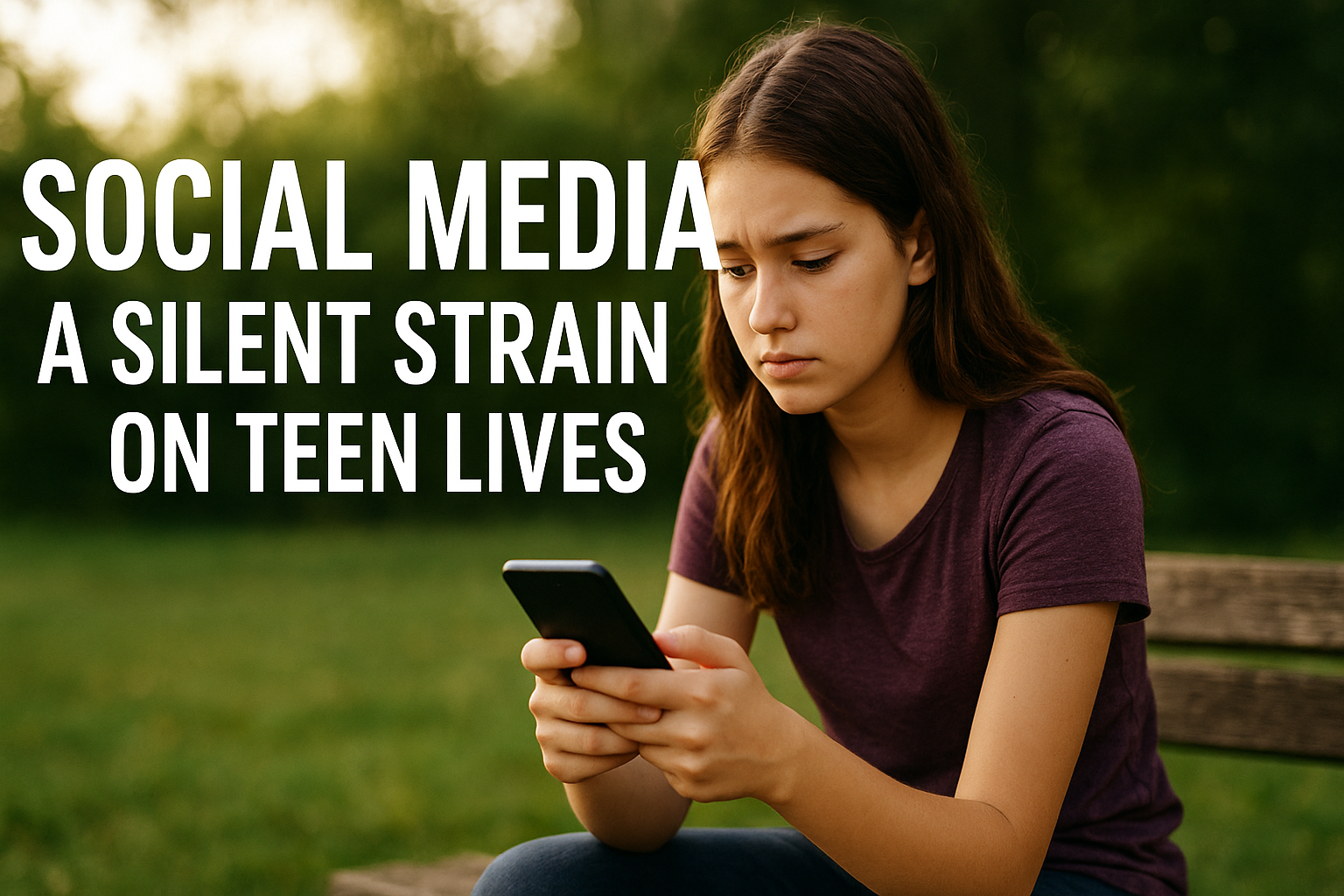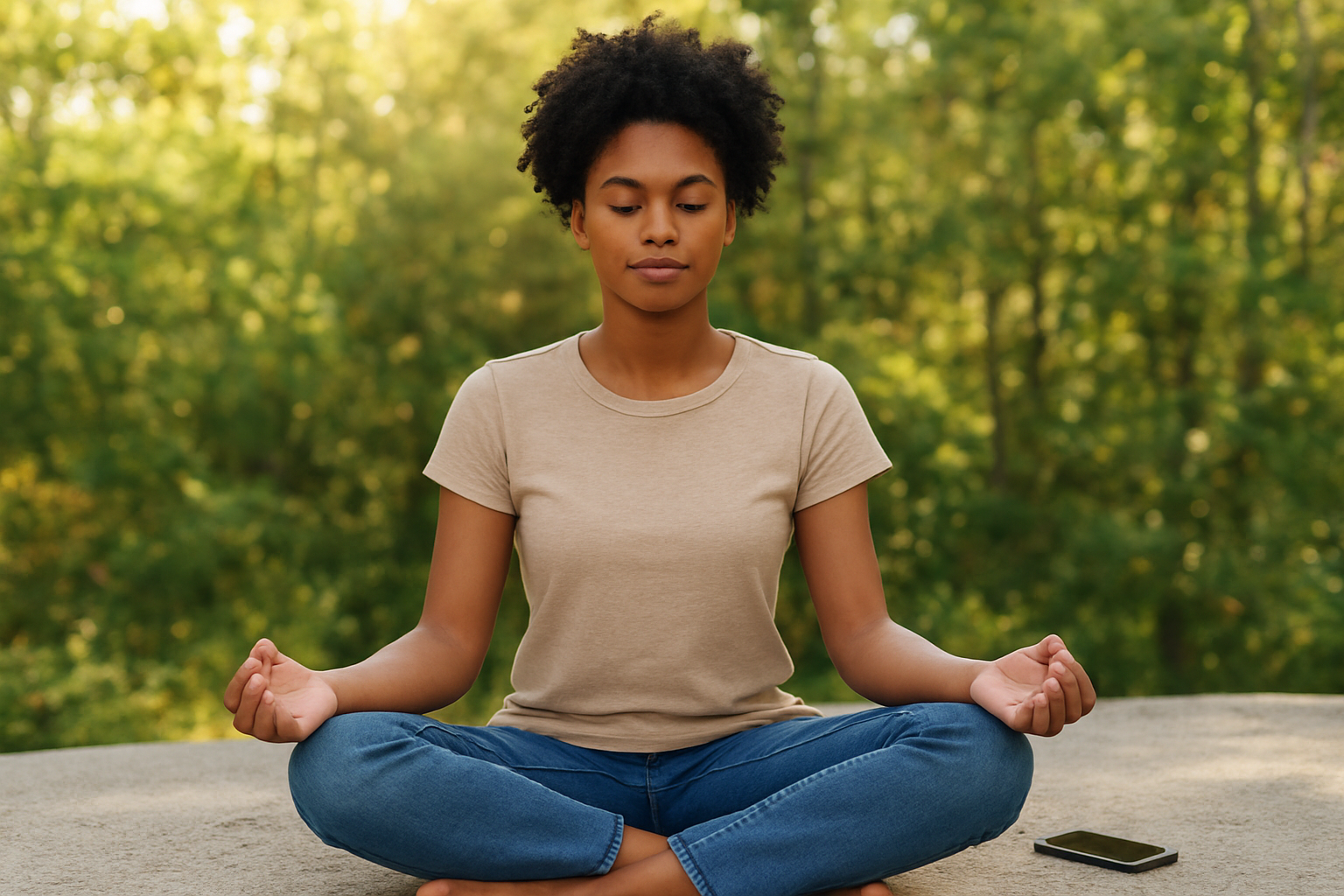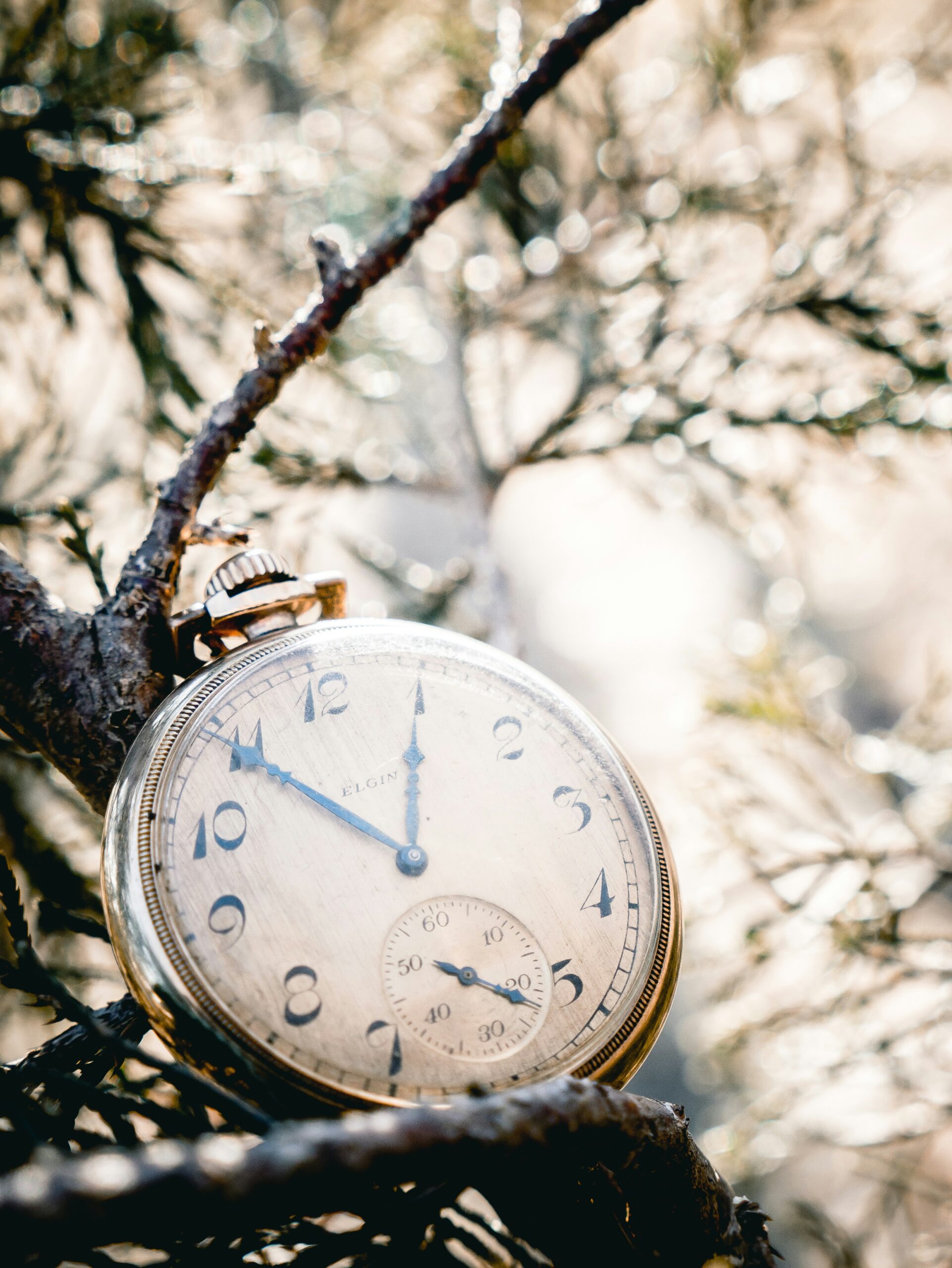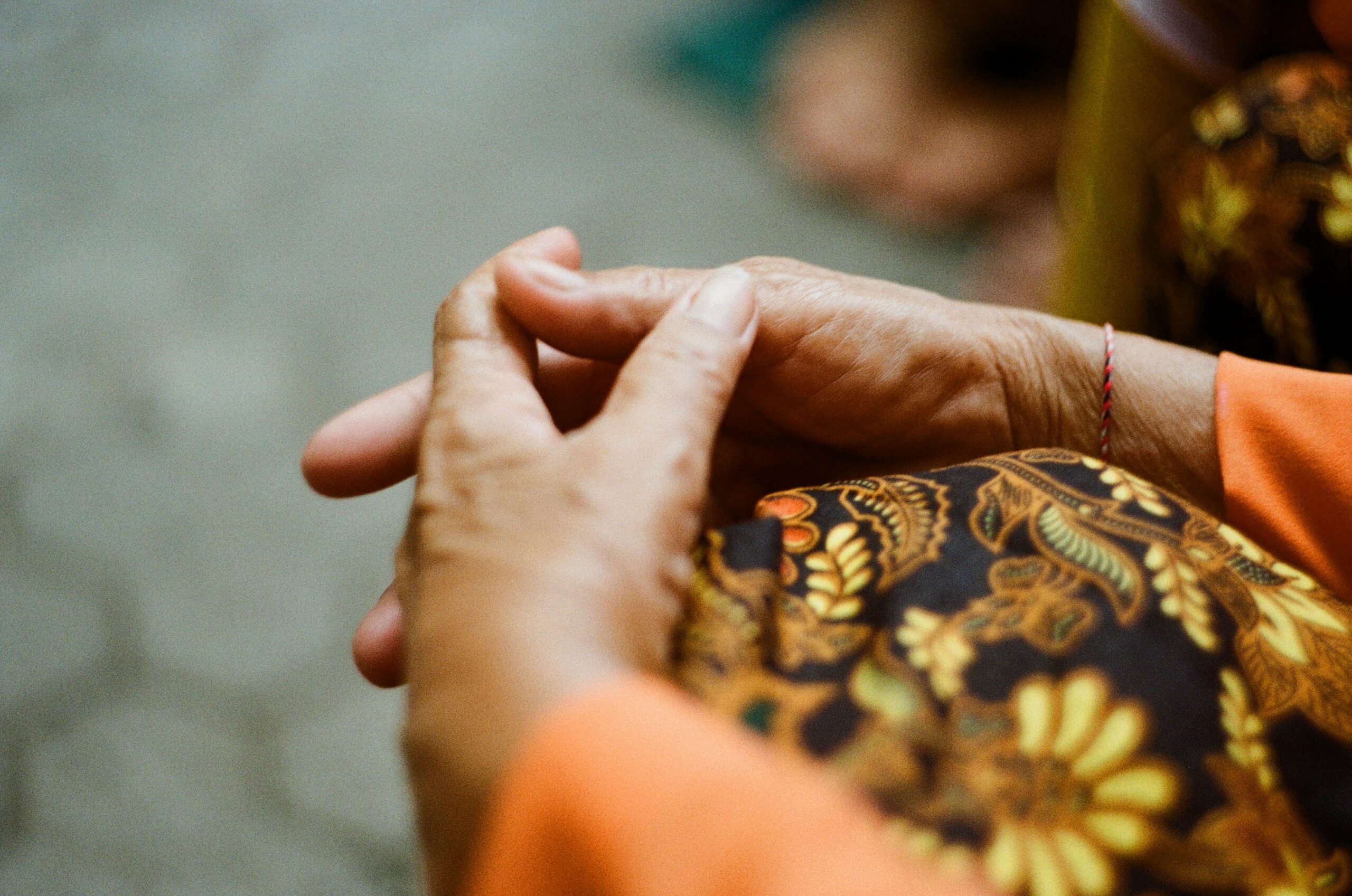Viewpoint
The Struggle of Living Things for Survival
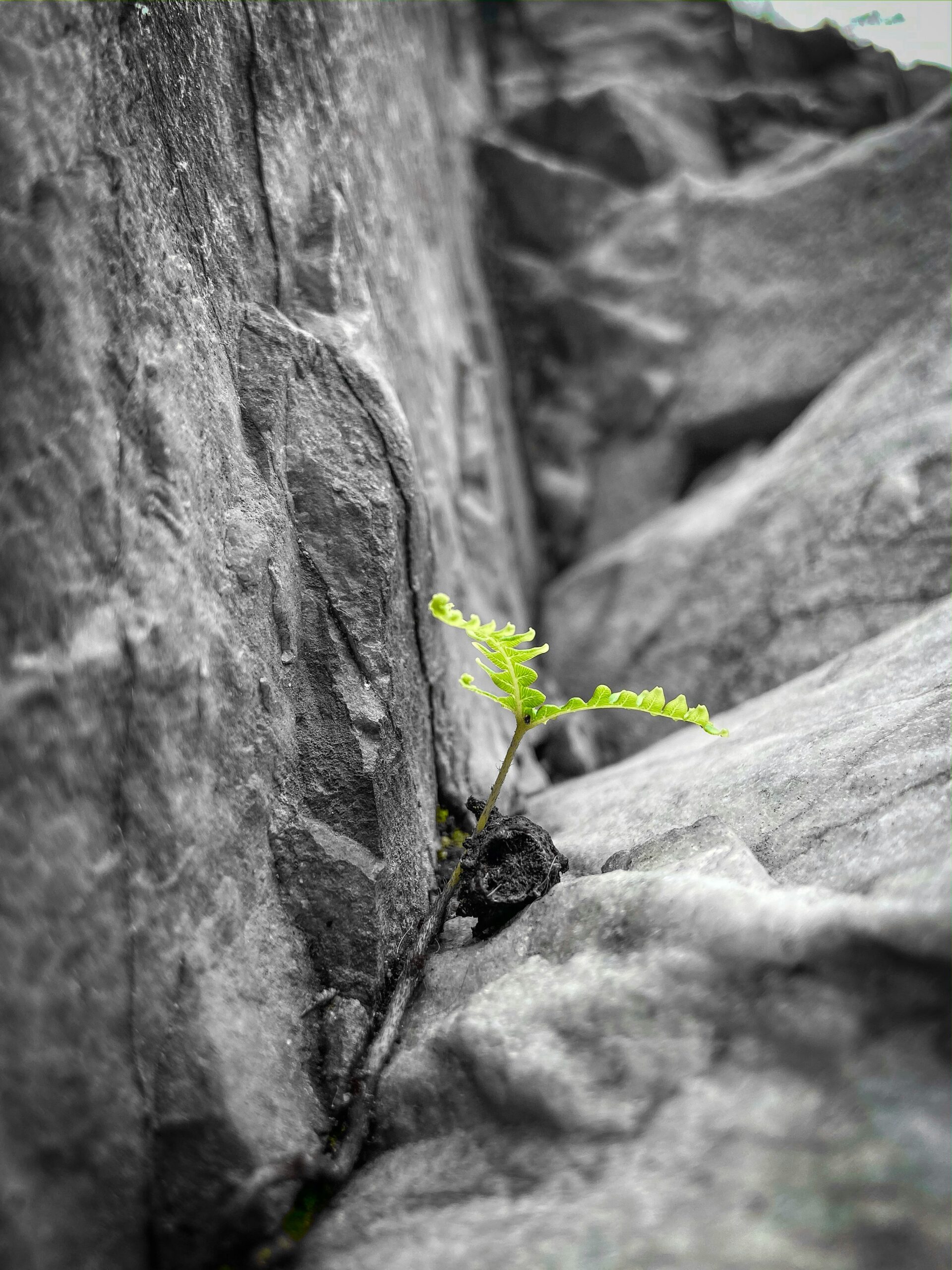
Why do migratory birds travel thousands of kilometers? Why do some birds throw one of their babies out of the nest? Why do some animals hibernate? Why does a mother throw herself into the fire for her baby? We can multiply these examples.
Not only humans, but also all other living things struggle to survive. The drive to continue their lineage is one of the greatest efforts that living things fight for to the death. When a living thing tries to survive, it not only tries to protect itself. It takes into consideration those it is responsible for looking after, as well as its unborn generations.
The forced migration movements of people also stem from the same thoughts. They not only move themselves to a safer place, but also consider the well-being and security of their family members, if any, and even future generations when making these historic decisions. This is one reason why refugees strive to reach safe areas, enduring many deadly difficulties along the way.
Let’s provide some examples from other living things to further explain the subject.
Living beings take many risks to continue their lineage. For example, salmon swim across dangerous river currents to reproduce. Male deer and lions engage in deadly conflicts to access females. Female birds or mammals use up their own energy resources to feed their young. This sometimes results in their own deaths. Female bears, birds, and even poultry put themselves at risk from predators to protect their young. Sea turtles come to dangerous shores to lay their eggs. In social animals (e.g. wolves), there are conflicts within the group for the right to reproduce. The result of this conflict is the risk of loss of status or exile. All of these risks are part of the organism’s drive to survive and pass on its genetic heritage. When one observes nature, one seems to see a part of one’s own story.
Moreover, it is not only humans who struggle with climate and habitat changes. There are living species that try to continue their generations despite the changing environmental conditions that humans have disrupted.

The reasons why people migrate and their efforts to hold on to life are not very different from those of other species. Food shortages and droughts in nature, which affect other living things, cause people to migrate for economic reasons. Poverty, unemployment, and the desire for a more prosperous life force people to migrate. Political reasons such as war, civil conflict or political instability, oppression, human rights violations, or escape from oppressive regimes and the search for political freedom force people to throw themselves into safer harbors. Reasons such as natural disasters, climate change, resource scarcity, and lack of fertile agricultural land force people to seek new things. Even personal reasons, such as better health services and educational opportunities, the search for cultural and religious freedom, and the desire to make a new start in life, are among the factors that cause people to migrate.
Regardless of the reason for migration, a person’s struggle for a more humane life is a crucial decision for them and their family, and it deserves all respect. While anti-immigration sentiment is on the rise in the world, the reasons that force those people to migrate should never be ignored. Some things happen against our will and become our fate. For example, what a great misfortune it is for a person to have a bad fate in the place where he/she was born.
I want to tell you this: it is not possible to sleep peacefully by completely closing your eyes and remaining indifferent to the troubles in the world caused by humans. A poster I saw on the train the other day is like a summary of what I wanted to say in this article. In short, it said, ‘When everyone is in their own bed, we will be able to sleep peacefully in our own bed.’
What a true statement…
Written by Prof. Osman OZSOY
